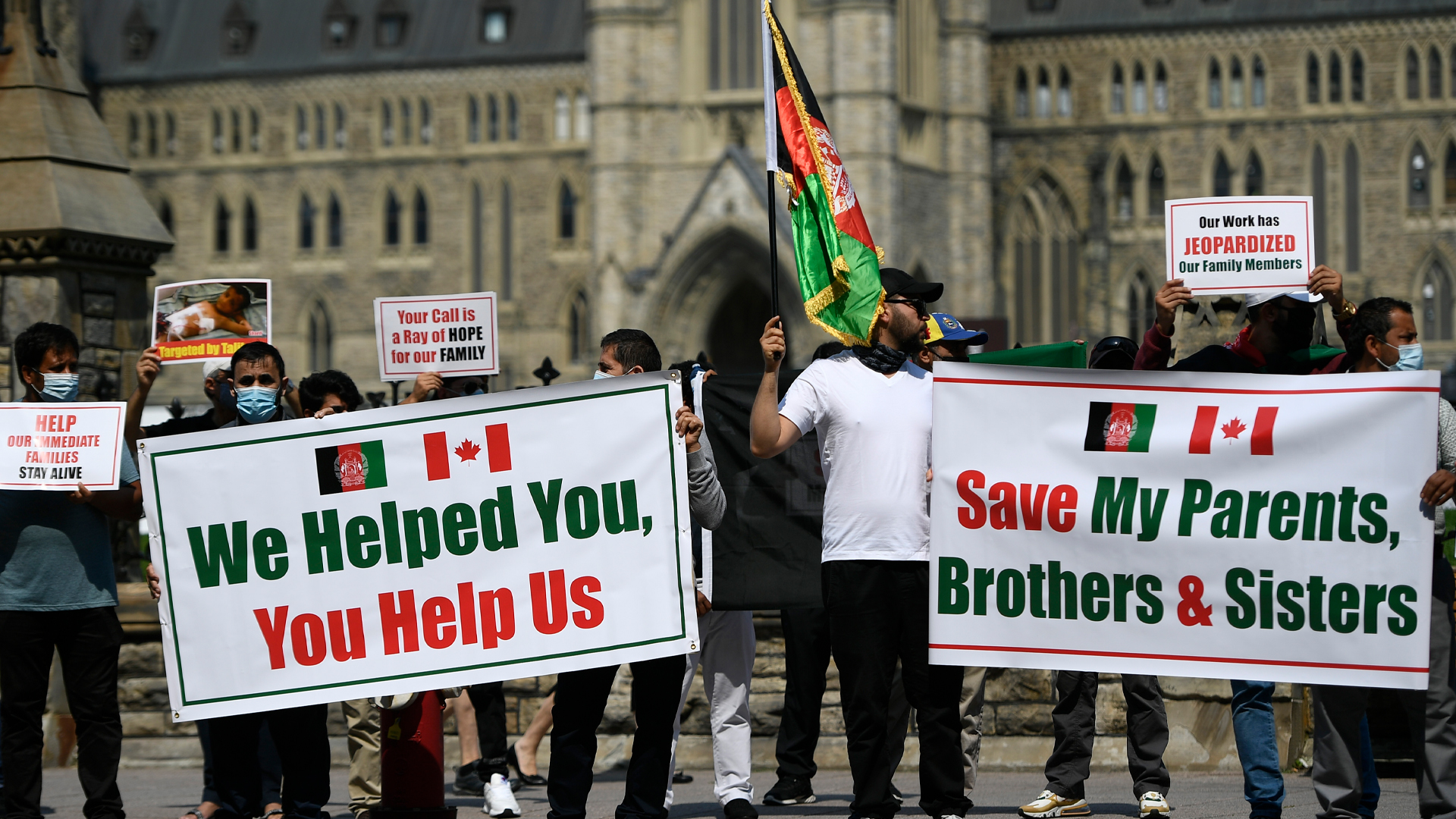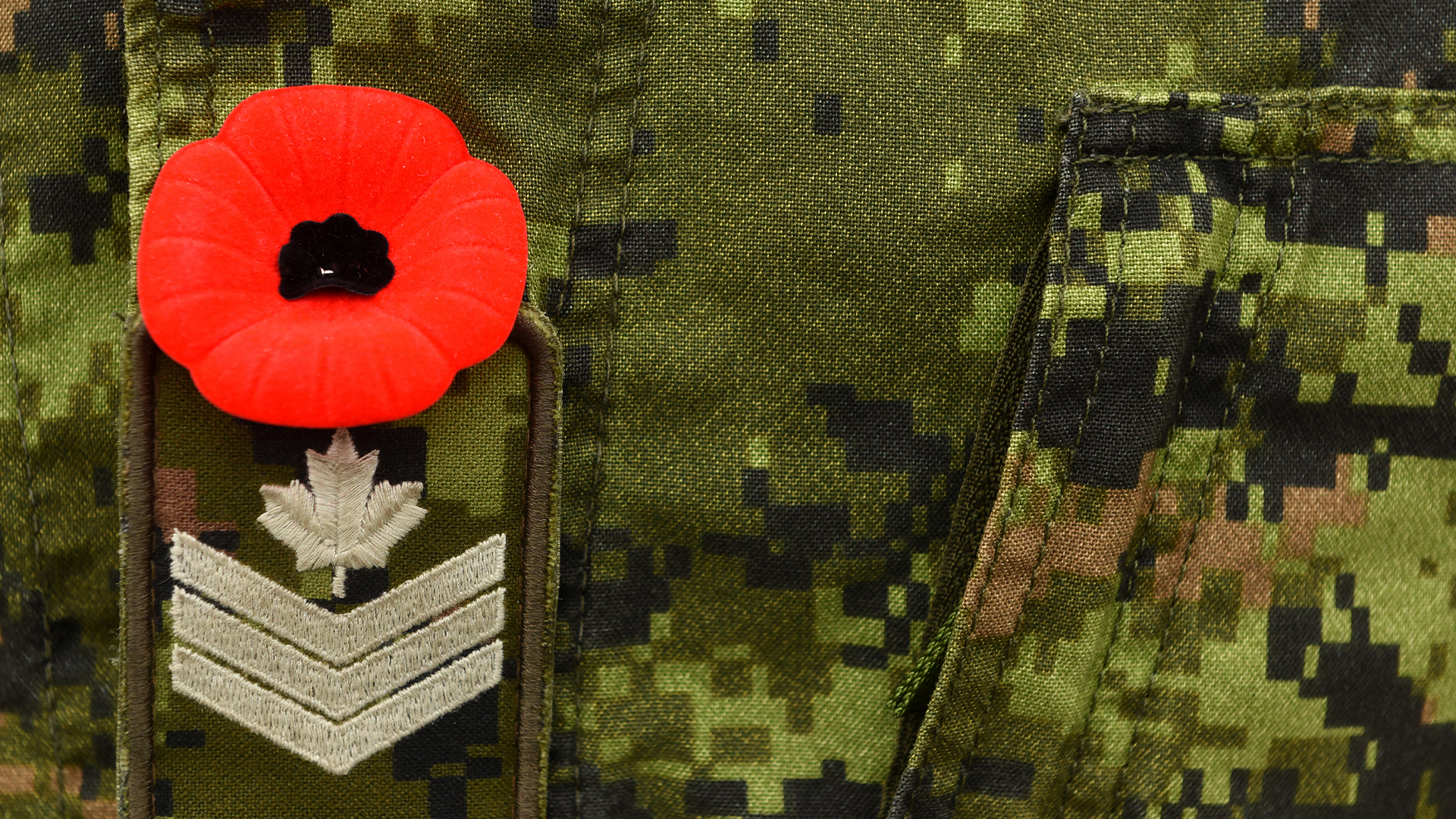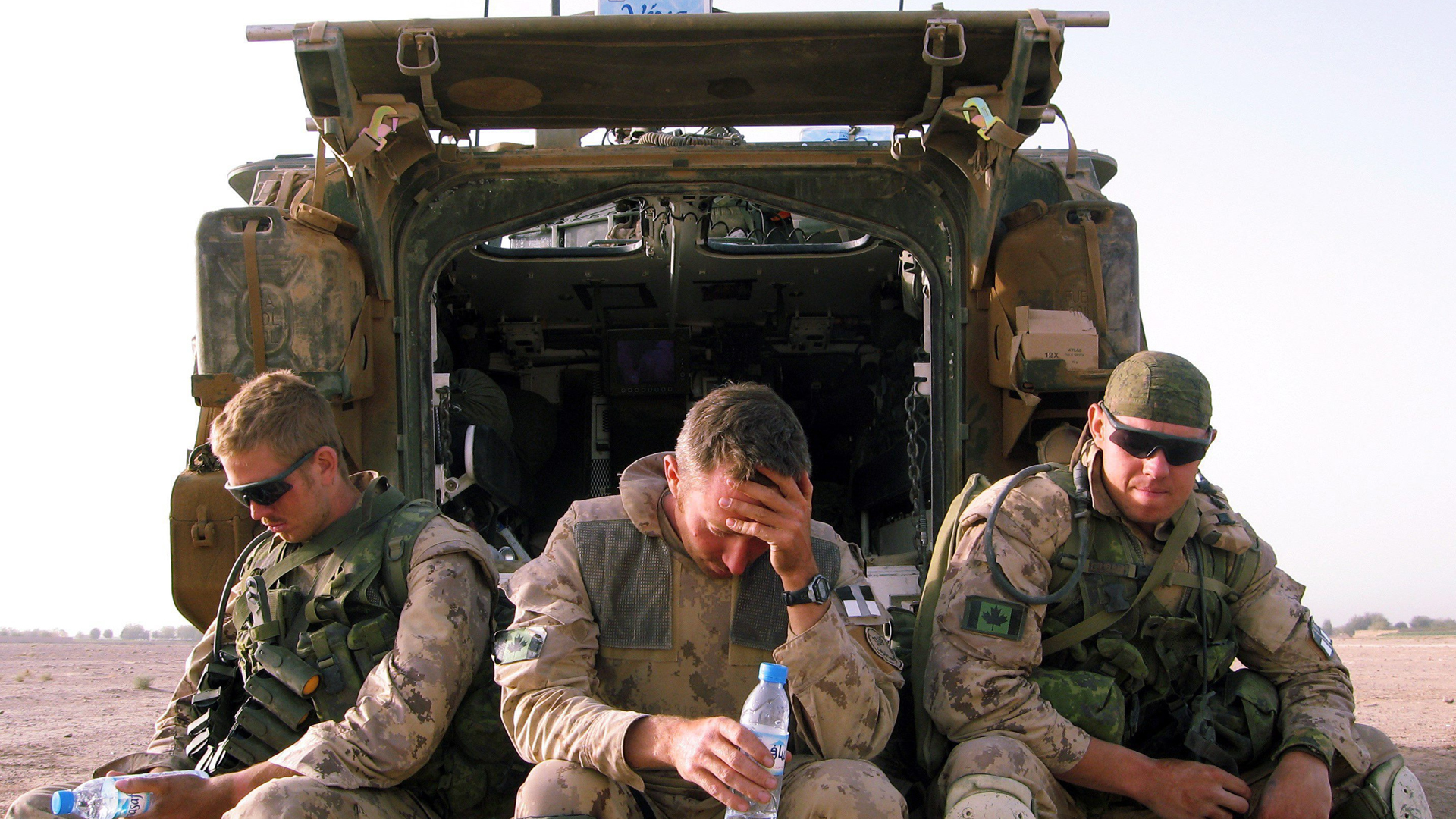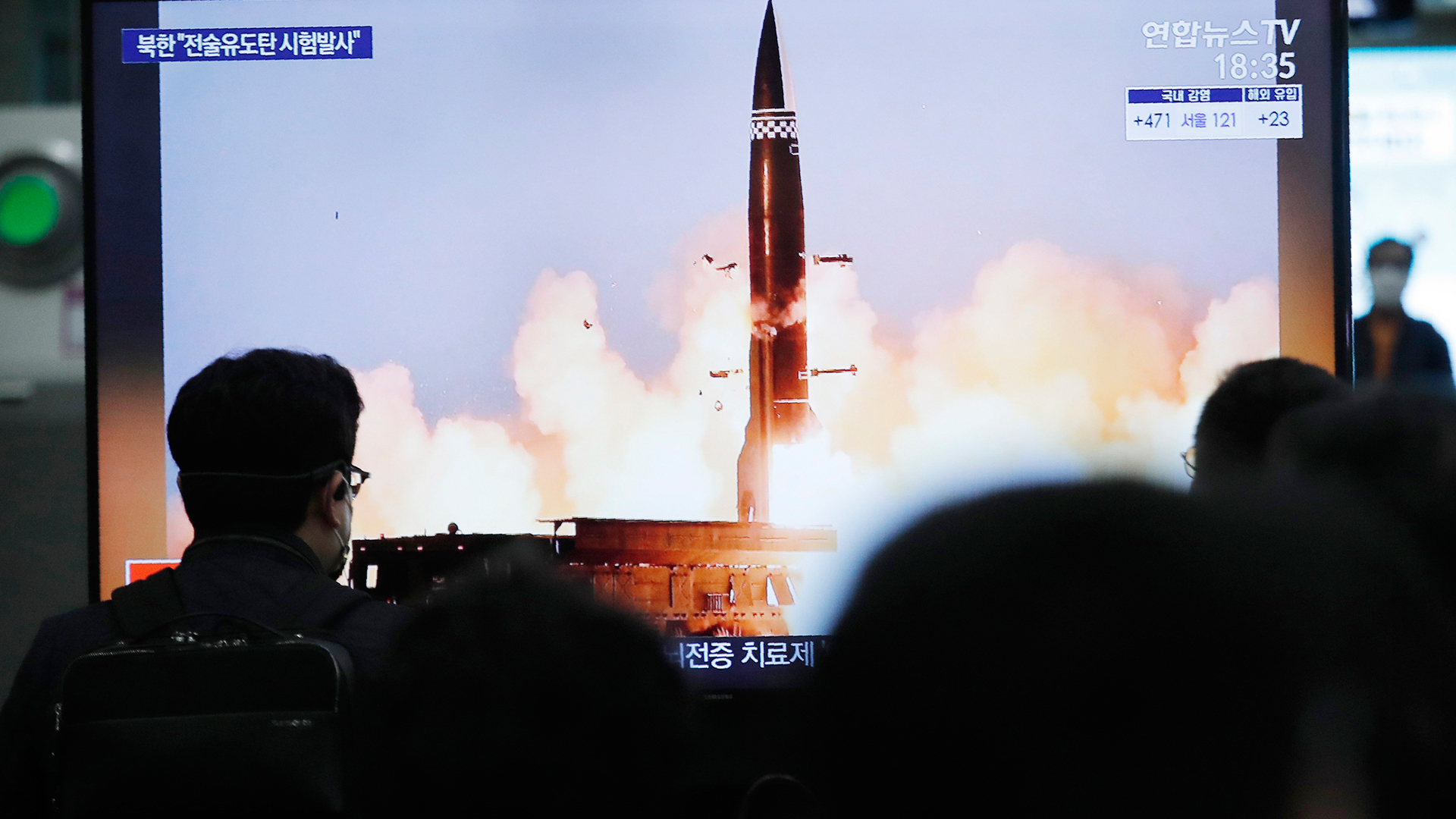
With a new government in office, one file that needs attention is how to improve defence procurement. The problems associated with this — one of the most complex undertakings in government — are many, varied and by no means unique to Canada. There are no silver bullets here — if there were, governments would have adopted them long ago. Consequently, the goals should be seen not as a “fix” for defence procurement but as an ongoing process of gradual improvement.
There are three key thematic areas on which the new government should focus, and for which practical measures can be taken to improve the process and outcomes of defence procurement in the short, medium and longer terms.
- Set more rigorous defence acquisition priorities and stick to them
- Ensure the funds Parliament has approved for the defence capital program are spent
- Develop a defence industrial strategy, and perhaps even a broader Canadian industrial strategy, to improve domestic economic returns from defence acquisitions.
The first area to be improved is the way defence acquisition priorities are established. About 18 months ago the Department of National Defence (DND) issued the first version of the Defence Acquisition Guide, or DAG. The DAG concept is a good one and could improve the process, transparency and certainty around defence procurement. The DAG is updated annually and contains basic information about the capabilities the Canadian Armed Forces (CAF) intend to acquire over the short, medium and longer terms. It should result in firmer capital priority-setting by DND. And in providing basic information about forthcoming projects, notably the timing of the various steps in the procurement process and the estimated budget envelopes for each project, the DAG could help industry plan and make investments and teaming arrangements to better compete for these programs.
When the first two iterations of the DAG were released — in 2014 and 2015 – the defence industry understood that it was a major effort to put it together and appreciated that effort. With over 200 projects in the DAG, about 50 percent have moved to the right — that is, were delayed — from the first to second editions. Nevertheless, the DAG could stand to be prioritized and, if necessary, streamlined. From industry’s perspective, the longer a project sits active, the more money companies spend trying to position themselves by undertaking business development and marketing activities. This is money that could be better spent. Consequently, fewer projects with shorter capability gaps to request-for-proposal schedules would likely benefit everyone – industry, DND and other departments.
In addition, the ranges in the estimated budget envelopes for each project are often very broad— from $500 million to $1.5 billion in some cases. Industry understands the reason for this: once a budget number is made public, there is a desire to keep promises at all costs. So at the risk of under-budgeting and over-promising, the envelopes tend to be broad. The truth is that it is impossible to perfectly estimate the costs of projects, especially those that are developmental and those that will be sustained over many years.
We all need to change our thinking around the scope, budget and “public promise” equation; i.e., we all need to be more open to changes as the procurement process rolls out. We also need appropriate terms, conditions and systems to be in place for the management of complex projects and for risk management. And we need to ensure the system of approvals and the desire to manage promises are not so rigid that we render ourselves frozen in the process. All that said, an effort should be made to tighten up the cost-estimate ranges in the DAG to ensure its transparency objectives are met and the document is of real value to government, industry and Parliament.
The second major area to be improved in defence procurement is in aligning DND’s capital spending with parliamentary financial approvals for the department. Over the past number of years, there have been unprecedented sums of money that have been approved by Parliament and that DND has been unable to spend. This has been in the order of $7 billion; in the last fiscal year alone it was as much as $2 billion. Most of these unspent funds were earmarked for the capital program. The end result of such spending paralysis is that equipment the CAF needs is significantly delayed, thus potentially undermining the Forces’ operational integrity.
There are a variety of reasons for these large spending lapses; many of them are internal to government and not all are within the control of DND. Fortunately, according to its 2015 election platform, the new government is committed to “not lapse military funding from year to year.” Given that the causes of the lapses are multiple and varied, and that they also span several government departments, the departments involved should work with industry to identify practical changes in the process that will help ensure capital funding does not go unspent from year to year.
In most countries governments use defence procurement to the advantage of their economies…Defence is not anything close to a free market anywhere in the world.
Finally, the third area of improvement is developing a defence industrial strategy to improve economic returns from defence acquisitions. The international marketplace for defence products and services is managed, if not absolutely controlled, by governments. In most countries governments use defence procurement to the advantage of their economies, to drive their industrial base capacity and to bolster their sovereignty and national security. In other words, defence is not anything close to a free market anywhere in the world.
Defence industrial policies of various forms — some explicit, others less so but equally forceful — are permanent features of the landscape in Europe, the United States, Australia, and most developing countries, but not in Canada. Defence industrial policies also cross the political spectrum and are supported by both left- and right-of-centre governments. An arresting statistic revealed in a 2013 study by the respected international defence consultancy Avascent illustrates this reality. That study concluded that even after three decades of broad-based privatizations throughout Europe, governments in Europe remain the sole or predominant stakeholders, with majority voting rights and control over key strategic decisions, in one-quarter of Europe’s top defence companies. That, coupled with the fact that governments are the primary if not the sole customers in the defence marketplace, tells us all we need to know about the importance of defence industrial policies.
It is time for Canada to develop its own defence industrial policy, or a broader Canadian industrial strategy in which defence is a key contributor.
No one is advocating that the Canadian government get into the business of owning or directing defence companies. However, the reality of the international market for defence products and services is that unique benefits accrue to national economies and national security from a vibrant domestic defence industrial base. It is time for Canada to develop its own defence industrial policy, or a broader Canadian industrial strategy in which defence is a key contributor. It should tailor the strategy to Canada’s unique industrial structure and national security requirements. With a once-in-a-generation recapitalization of the CAF now underway, we are on the cusp of being able to do something strategically important for Canada. Now is the time to better position Canada and to bring our policies into closer alignment with those of our allies.
The government of Justin Trudeau has a crowded agenda. Judging by the Liberal Party’s election platform, it seems the new government has an interest in making meaningful improvements to defence procurement. Fortunately, there are practical, short- , medium- and longer-term steps that can be taken to reform the defence procurement process and facilitate better outcomes for the Canadian Armed Forces, the government, industry and the Canadian taxpayer. We just need to get on with the task at hand.
This article is part of the Equipping the Military special feature.
Photo credit: Canadian Forces Combat Camera, DND / Crown Copyright








